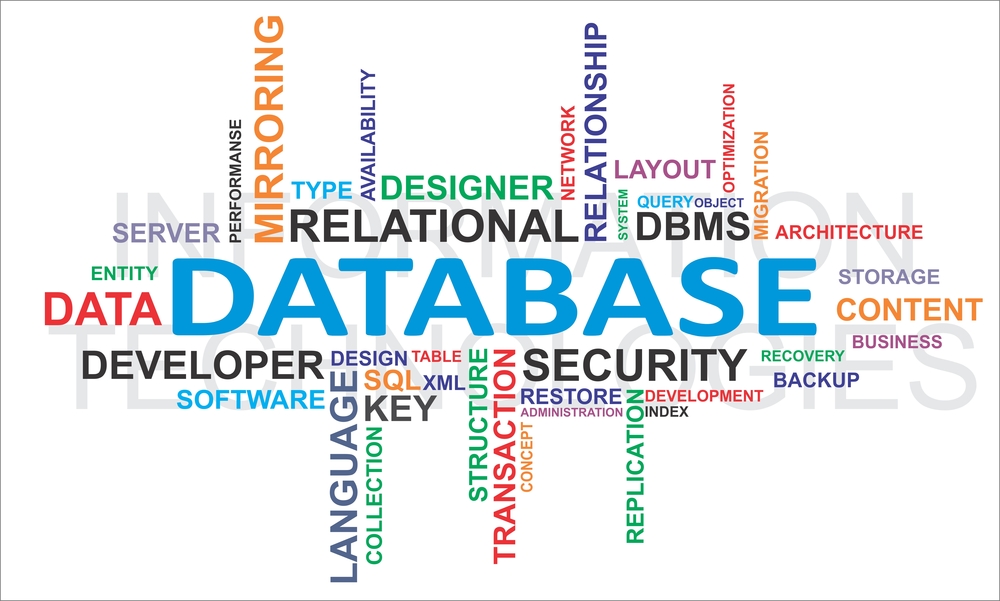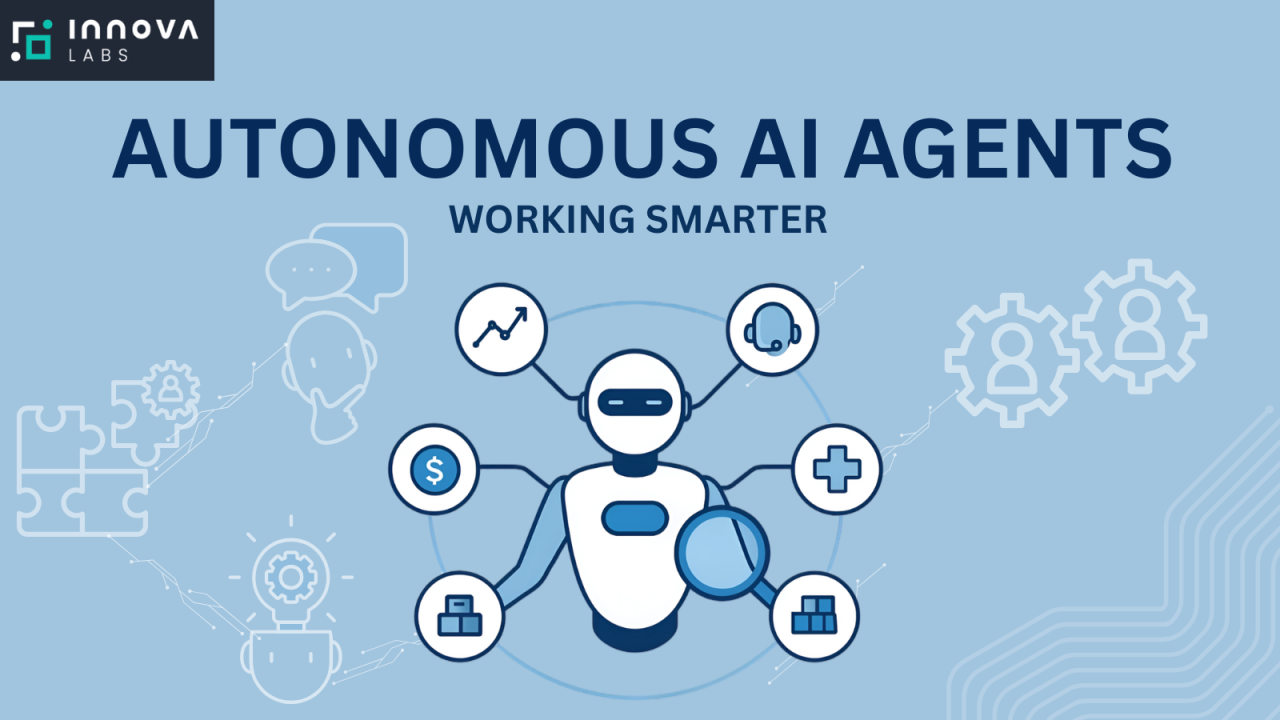How to Build Your Own Database: A Step-by-Step Guide for Beginners
A step-by-step guide to building a key-value database from scratch.
Introduction: Why Build Your Own Database?
In today’s data-driven world, databases are the beating heart of every application — from social media apps to eCommerce platforms, from financial dashboards to AI systems. They organize, store, and manage the information that powers digital experiences.
But have you ever wondered how databases are actually built? Or what it takes to design and run one tailored to your specific needs?
Whether you’re a developer, student, or entrepreneur, learning how to build your own database gives you control over data management, performance, and scalability. It also helps you understand what’s happening behind the scenes in apps you use every day.
This guide walks you through how to build your own database from scratch, covering both SQL and NoSQL approaches, schema design, normalization, and even security best practices.
1. Understanding the Basics: What is a Database?
Before diving into code or tools, it’s important to understand what a database actually is.
A database is an organized collection of data that can be easily accessed, managed, and updated. It stores information in structured formats (tables, documents, or key-value pairs) and allows users to perform operations like:
-
Inserting new data
-
Querying existing data
-
Updating records
-
Deleting unnecessary data
There are two main types of databases:
-
Relational Databases (SQL) — data is stored in tables with predefined relationships. Example: MySQL, PostgreSQL, SQLite.
-
Non-Relational Databases (NoSQL) — data is stored in flexible formats like documents or key-value pairs. Example: MongoDB, Firebase, Redis.
2. Step 1: Define Your Purpose and Data Requirements
Every good database begins with a purpose.
Ask yourself:
-
What kind of data will I store?
-
How often will it be accessed or updated?
-
Do I need relationships between data (like users and orders)?
-
Will my database grow quickly in size?
For example:
-
A blog database might store posts, authors, and comments.
-
A store database might include customers, products, orders, and transactions.
-
A student management system might handle student records, grades, and attendance.
Write down the data entities (like “user,” “product,” “order”) and what information each entity should hold.
3. Step 2: Choose the Right Type of Database
Your choice of database depends on your data structure, scalability needs, and performance expectations.
Relational (SQL) Databases
-
Best for structured data with clear relationships.
-
Use SQL (Structured Query Language).
-
Examples: MySQL, PostgreSQL, SQLite.
Use SQL if:
You’re building systems like inventory management, CRM, or accounting tools.
Non-Relational (NoSQL) Databases
-
Best for unstructured or semi-structured data.
-
Store data as documents, key-value pairs, or graphs.
-
Examples: MongoDB, Cassandra, Firebase Firestore.
Use NoSQL if:
You’re developing a chat app, real-time analytics dashboard, or content-heavy platform.
4. Step 3: Design the Database Schema
This is one of the most crucial steps.
A schema defines how your data is structured — what tables (or collections) exist, what fields they have, and how they relate.
For SQL Databases
Let’s say you’re designing a simple eCommerce system. Your schema might include:
-
Users table:
user_id,name,email,password -
Products table:
product_id,name,price,stock -
Orders table:
order_id,user_id,product_id,quantity,order_date
Relationships:
-
Each user can have many orders.
-
Each order is linked to one or more products.
For NoSQL Databases
In MongoDB, the same system might look like this:
{
"user_id": 1,
"name": "John Doe",
"orders": [
{
"order_id": 101,
"product": {
"product_id": 50,
"name": "Wireless Mouse",
"price": 599
},
"quantity": 2
}
]
}
Here, data is denormalized — orders are embedded directly in the user document for faster reads.
5. Step 4: Normalize Your Data (for SQL)
Normalization helps eliminate redundancy and maintain data integrity.
There are several normal forms, but the first three are most important:
-
1NF (First Normal Form) – no repeating groups or arrays.
-
2NF (Second Normal Form) – no partial dependency on a composite key.
-
3NF (Third Normal Form) – no transitive dependencies.
Example:
Instead of storing user names repeatedly in an orders table, store only user_id and link it to the users table.
6. Step 5: Choose Your Tools and Setup the Environment
Now that you have a schema, let’s set up your environment.
For SQL Databases
-
Install MySQL or PostgreSQL.
-
Use tools like phpMyAdmin, pgAdmin, or DBeaver for GUI management.
Example (MySQL Command):
CREATE DATABASE shopdb;
USE shopdb;
CREATE TABLE users (
user_id INT AUTO_INCREMENT PRIMARY KEY,
name VARCHAR(50),
email VARCHAR(100),
password VARCHAR(255)
);
CREATE TABLE products (
product_id INT AUTO_INCREMENT PRIMARY KEY,
name VARCHAR(100),
price DECIMAL(10,2),
stock INT
);
CREATE TABLE orders (
order_id INT AUTO_INCREMENT PRIMARY KEY,
user_id INT,
product_id INT,
quantity INT,
order_date DATETIME,
FOREIGN KEY (user_id) REFERENCES users(user_id),
FOREIGN KEY (product_id) REFERENCES products(product_id)
);
For NoSQL Databases
Install MongoDB or use Atlas (MongoDB’s cloud service).
Example (MongoDB):
db.users.insertOne({
name: "John Doe",
email: "john@example.com",
orders: [
{ product: "Wireless Mouse", price: 599, quantity: 2 }
]
});
7. Step 6: Populate the Database
Once your structure is ready, add sample data.
SQL Example:
INSERT INTO users (name, email, password)
VALUES ('Alice', 'alice@example.com', 'securepass');
INSERT INTO products (name, price, stock)
VALUES ('Keyboard', 899.00, 25);
INSERT INTO orders (user_id, product_id, quantity, order_date)
VALUES (1, 1, 2, NOW());
NoSQL Example:
db.products.insertOne({
name: "Keyboard",
price: 899,
stock: 25
});
8. Step 7: Query Your Data
This is where the magic happens — retrieving useful information.
SQL Example:
SELECT users.name, products.name, orders.quantity
FROM orders
JOIN users ON orders.user_id = users.user_id
JOIN products ON orders.product_id = products.product_id;
NoSQL Example:
db.users.find(
{ "orders.product": "Wireless Mouse" },
{ name: 1, "orders.$": 1 }
);
Queries allow you to analyze, report, and visualize your data efficiently.
9. Step 8: Add Indexes and Optimize Performance
Indexes make data retrieval faster by reducing the number of records scanned.
SQL Example:
CREATE INDEX idx_user_email ON users(email);
MongoDB Example:
db.users.createIndex({ email: 1 });
But remember: too many indexes can slow down insert or update operations. Balance is key.
10. Step 9: Secure Your Database
Security is non-negotiable. Follow these practices:
-
Use strong passwords and encrypted connections (SSL/TLS).
-
Limit user privileges — don’t give root access to all apps.
-
Backup your database regularly.
-
Use parameterized queries to avoid SQL injection.
-
Update your database software frequently to patch vulnerabilities.
11. Step 10: Backup and Maintenance
Your database should never rely on luck. Regular maintenance ensures smooth performance and data safety.
Backup Tips
-
Automate daily backups.
-
Store copies in different locations (cloud + local).
-
Use tools like mysqldump (SQL) or mongodump (MongoDB).
Maintenance Tips
-
Clean up unused tables or fields.
-
Monitor performance metrics (query speed, memory usage).
-
Use monitoring tools like Prometheus, Grafana, or pgBadger.
12. Step 11: Connect Database to Your Application
Finally, integrate your database with your app using a programming language like Python, Node.js, or PHP.
Example: Connecting MySQL with Python
import mysql.connector
db = mysql.connector.connect(
host="localhost",
user="root",
password="password",
database="shopdb"
)
cursor = db.cursor()
cursor.execute("SELECT * FROM users")
for user in cursor.fetchall():
print(user)
Example: Connecting MongoDB with Node.js
const { MongoClient } = require('mongodb');
const client = new MongoClient('mongodb://localhost:27017');
async function main() {
await client.connect();
const db = client.db('shopdb');
const users = await db.collection('users').find().toArray();
console.log(users);
}
main();
13. Advanced Tips: Scaling and Cloud Databases
As your database grows, consider cloud-based solutions for scalability and reliability.
Popular Managed Databases:
-
AWS RDS (for MySQL/PostgreSQL)
-
Google Cloud Firestore
-
Azure SQL Database
-
MongoDB Atlas
These services handle scaling, backups, and security automatically — so you can focus on building your app.
14. Common Mistakes to Avoid
-
Skipping schema design — leads to messy, unscalable systems.
-
Not normalizing data (in SQL).
-
Overusing indexes — slows down writes.
-
Ignoring backups — a disaster waiting to happen.
-
No access control — makes your data vulnerable.
Conclusion: Building a Database is Building a Foundation
Learning how to build your own database is one of the most valuable skills in tech. It teaches you not only how to store data, but how to think about structure, relationships, and efficiency.
Start small.
Experiment with a personal project — maybe a task tracker or book collection app.
Once you understand the basics, you can build complex systems that power real-world applications.
In short: your database is not just a storage engine — it’s the foundation of your digital innovation.
Key Takeaways
-
Define your purpose before choosing SQL or NoSQL.
-
Design your schema carefully and normalize data.
-
Learn essential CRUD and query operations.
-
Prioritize security, indexing, and backups.
-
Use cloud databases for scalability.
For quick updates, follow our whatsapp –https://whatsapp.com/channel/0029VbAabEC11ulGy0ZwRi3j
https://bitsofall.com/https-yourblogdomain-com-qerl-nvfp4-quantized-reinforcement-learning/
Google’s new AI hub in India — what it is, why it matters, and what comes next








